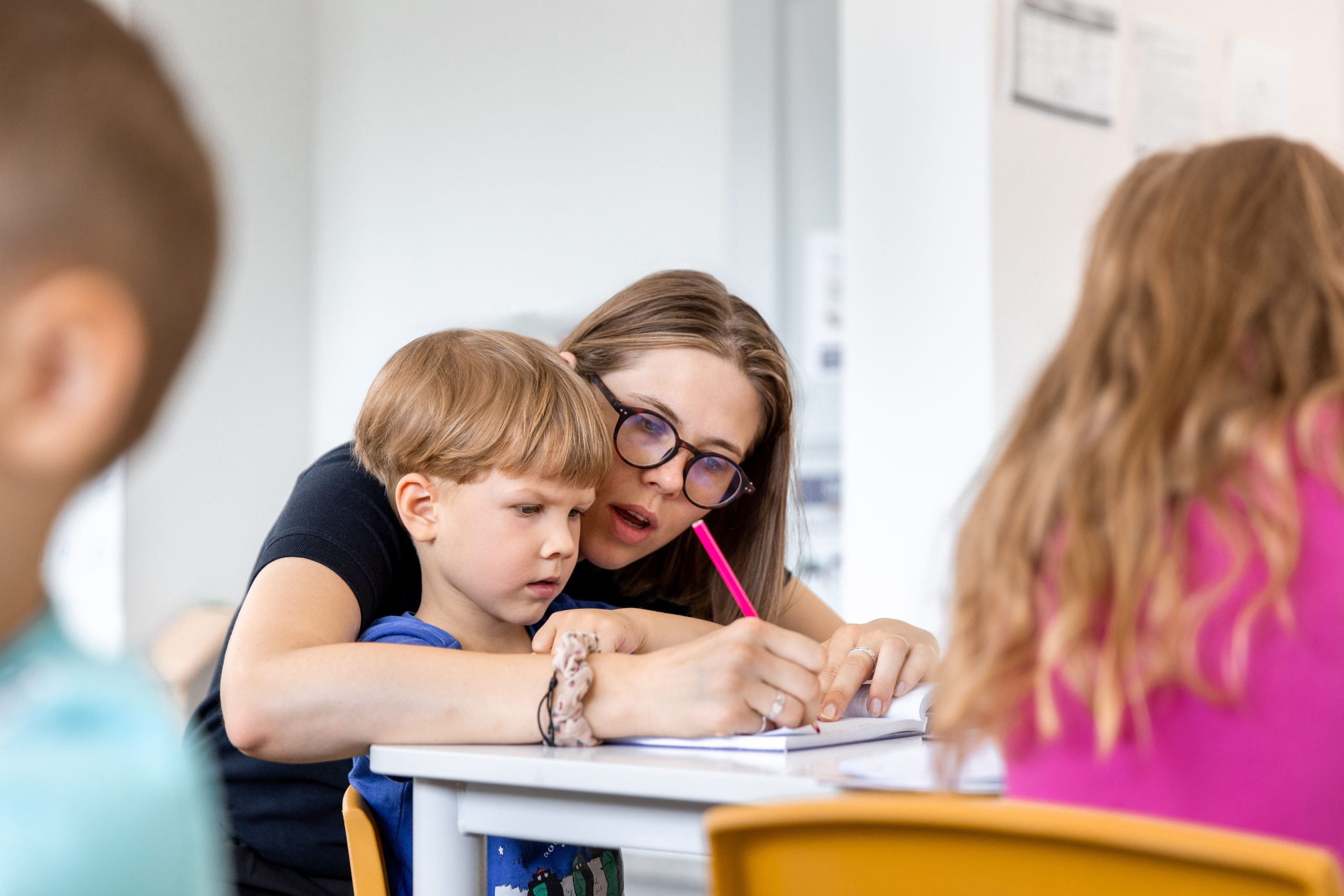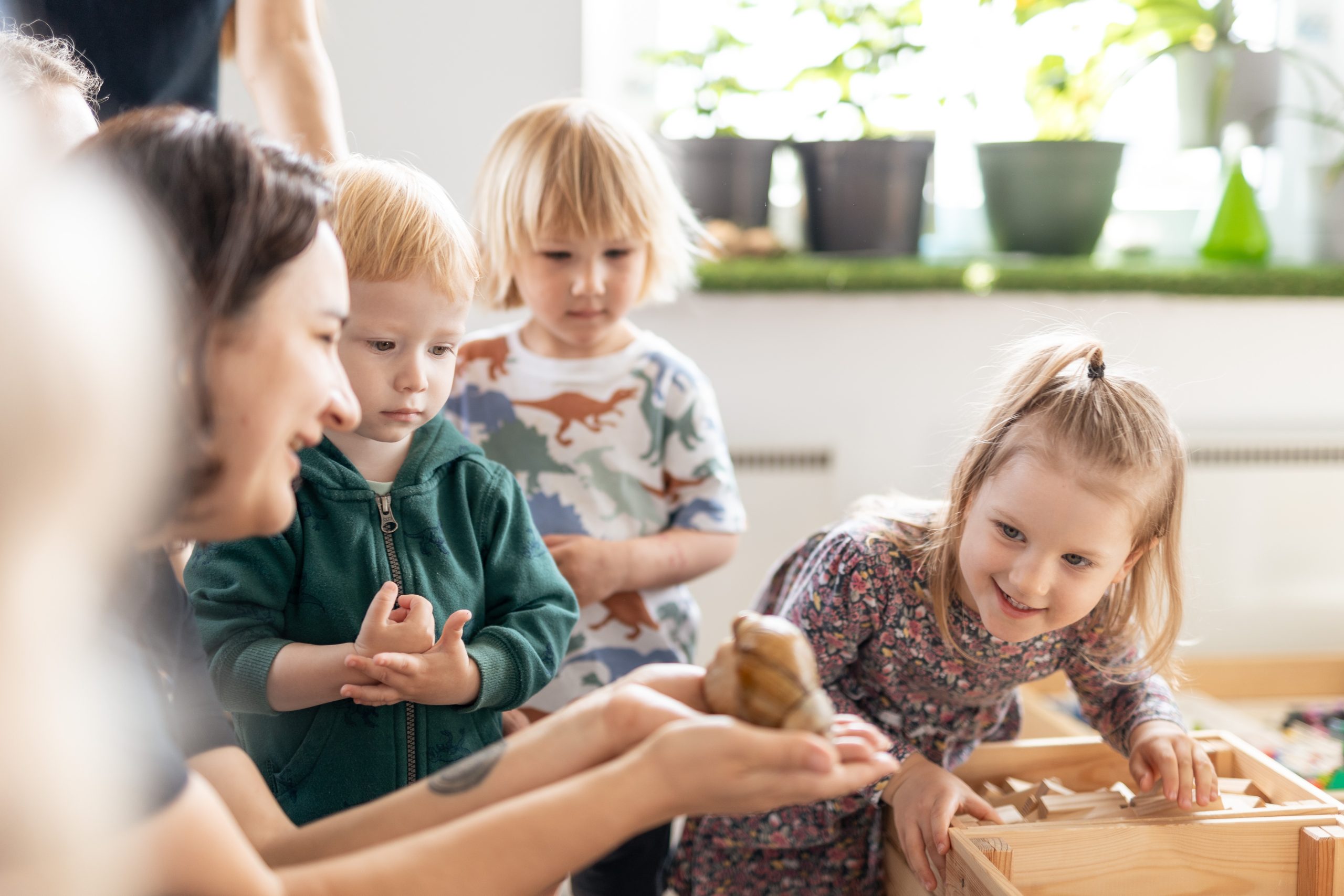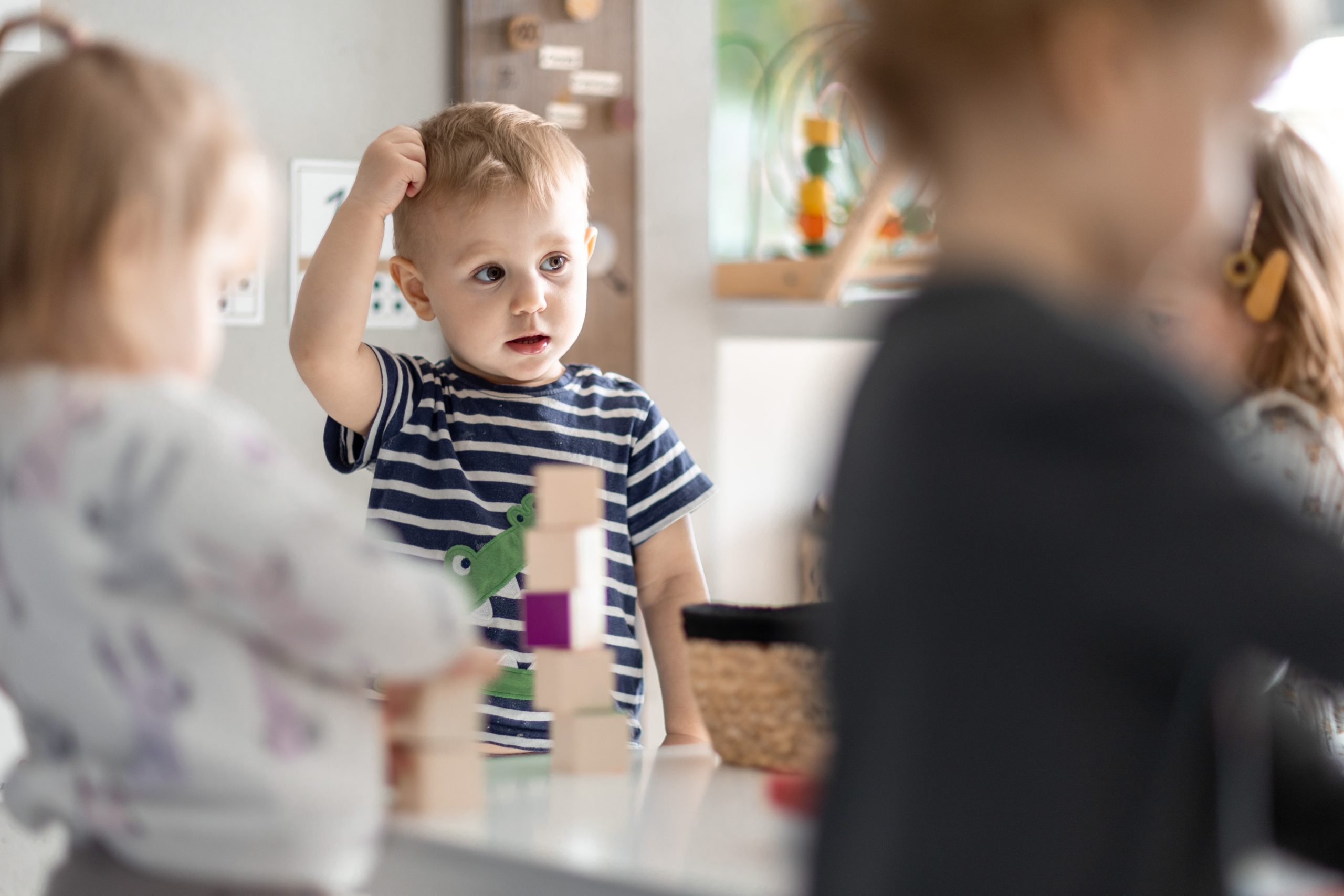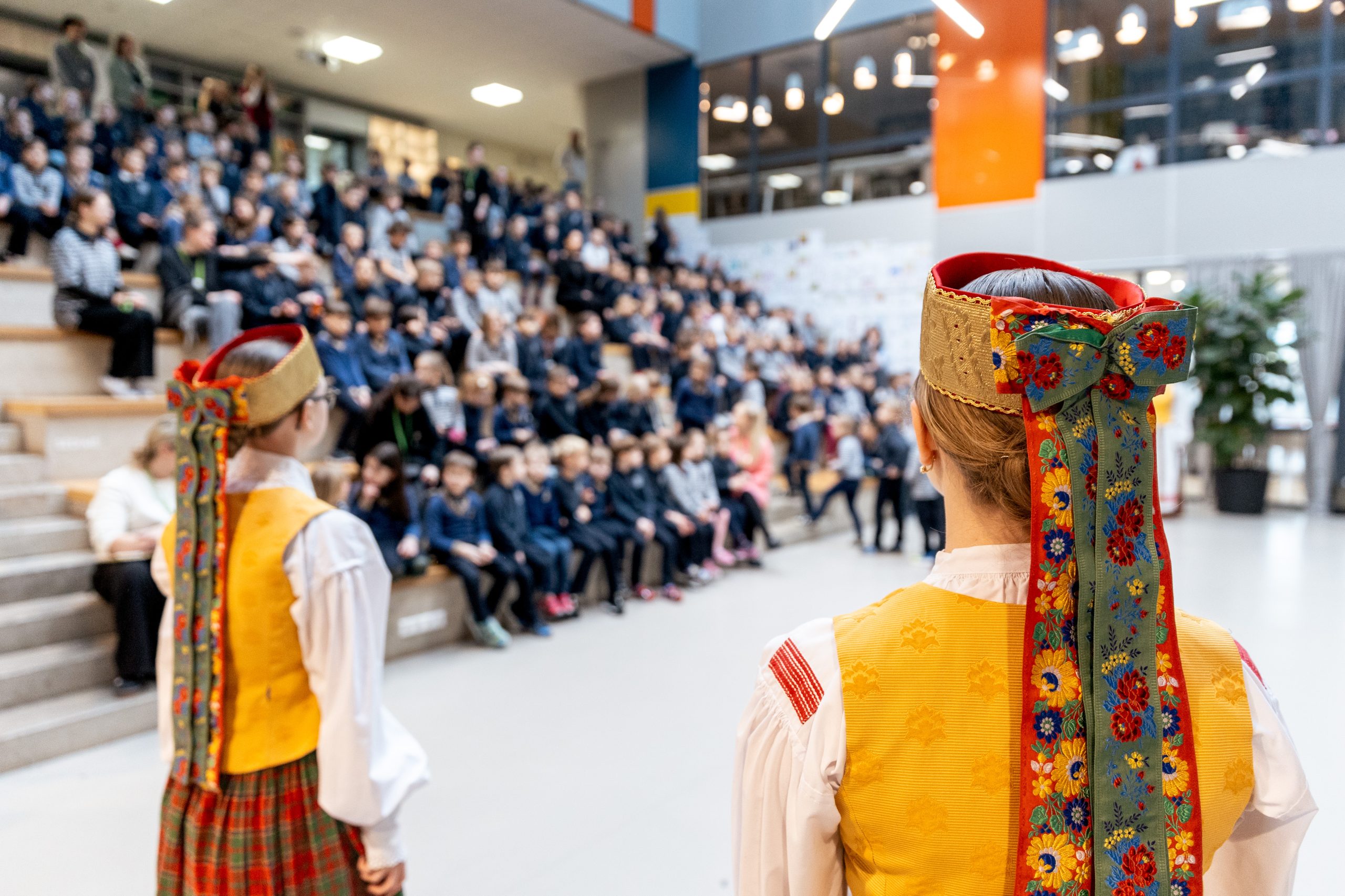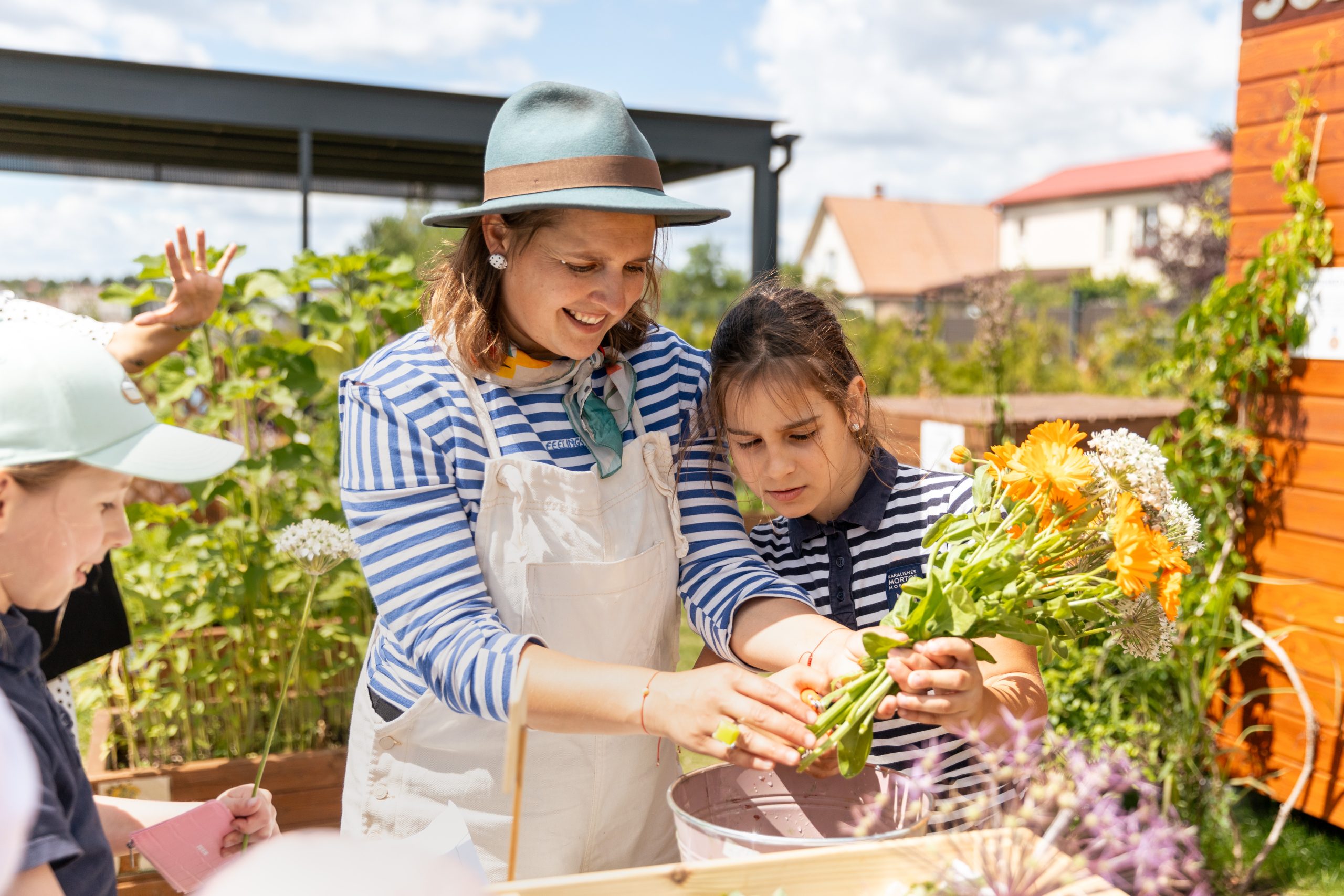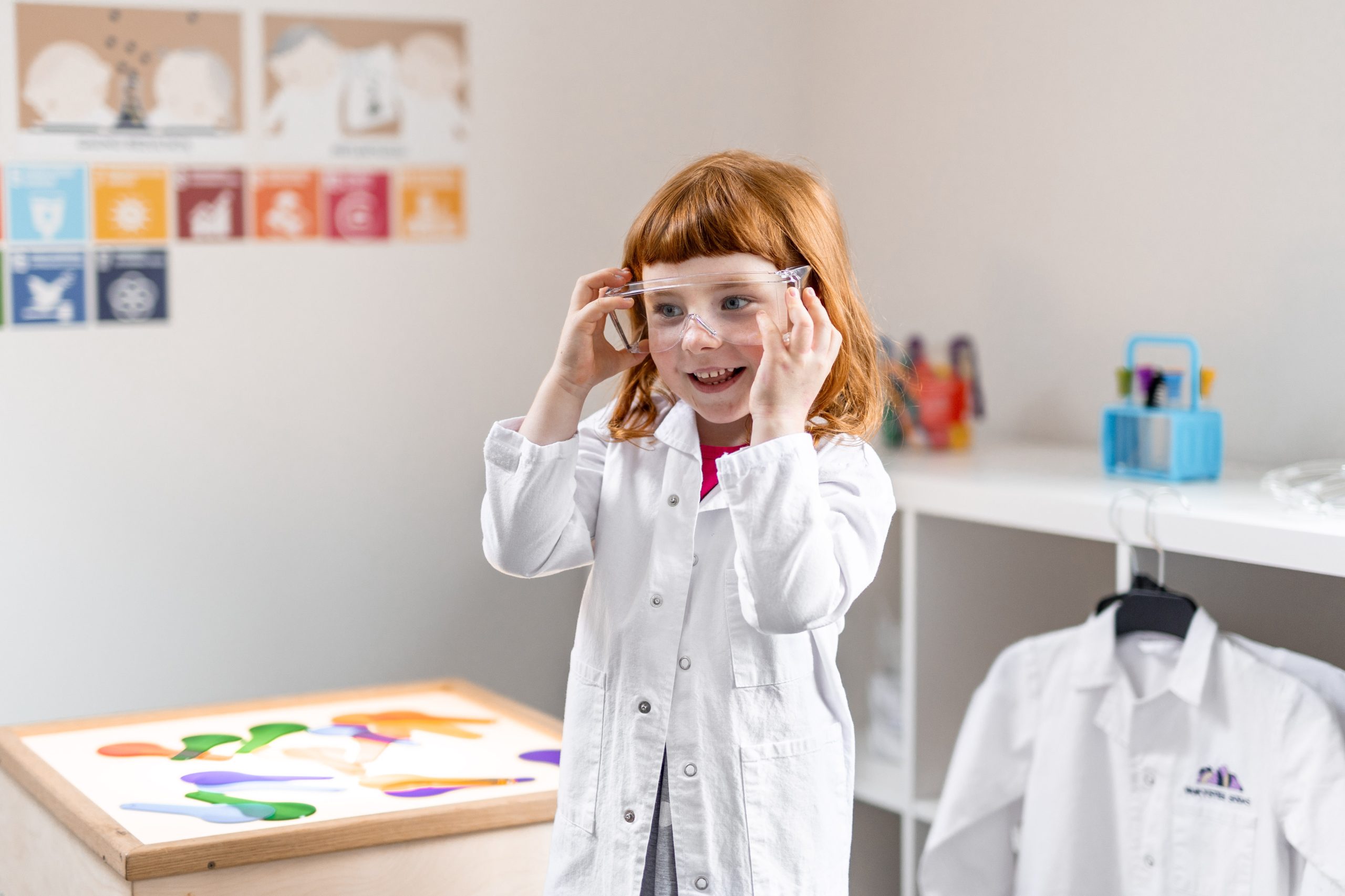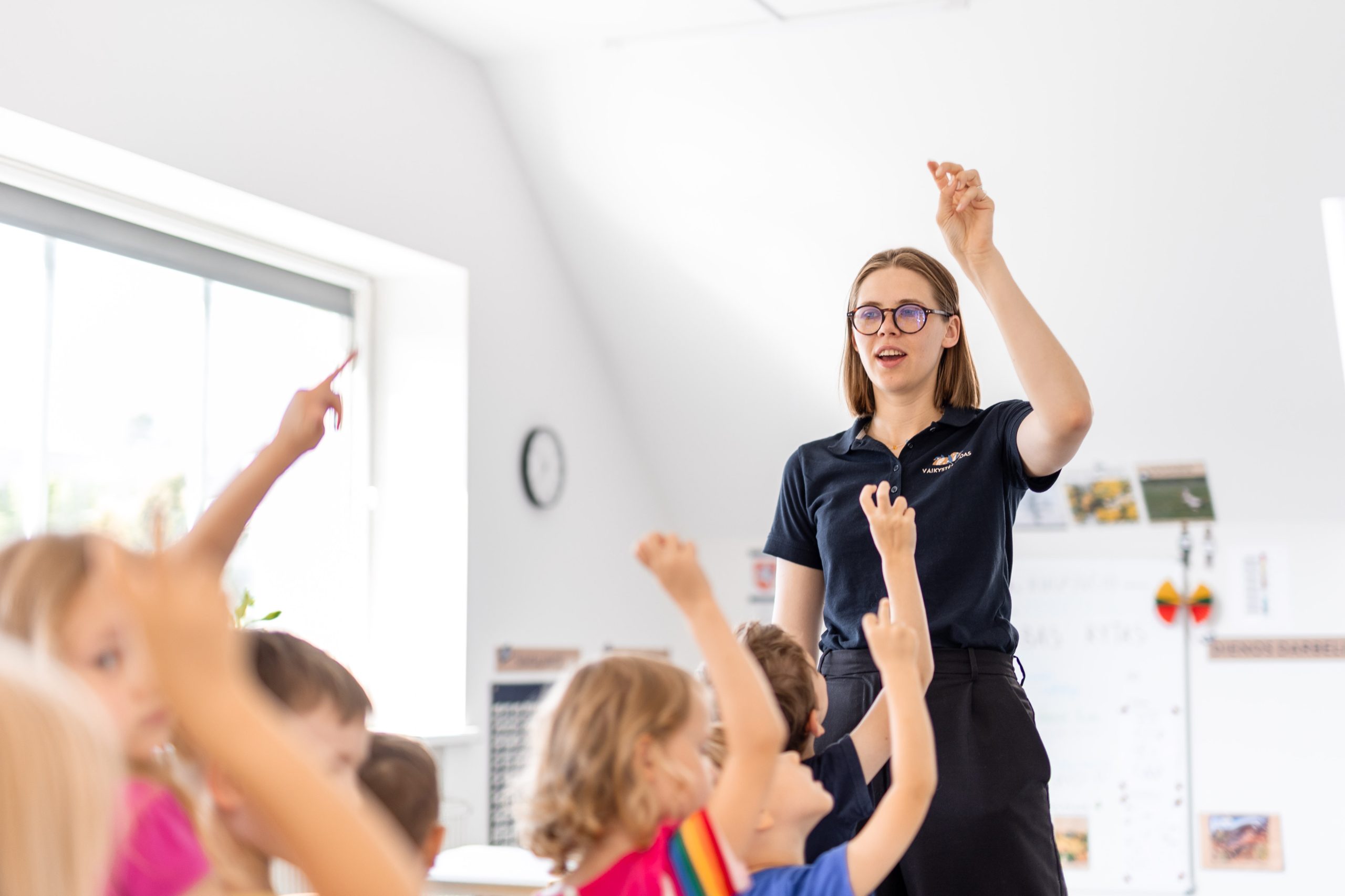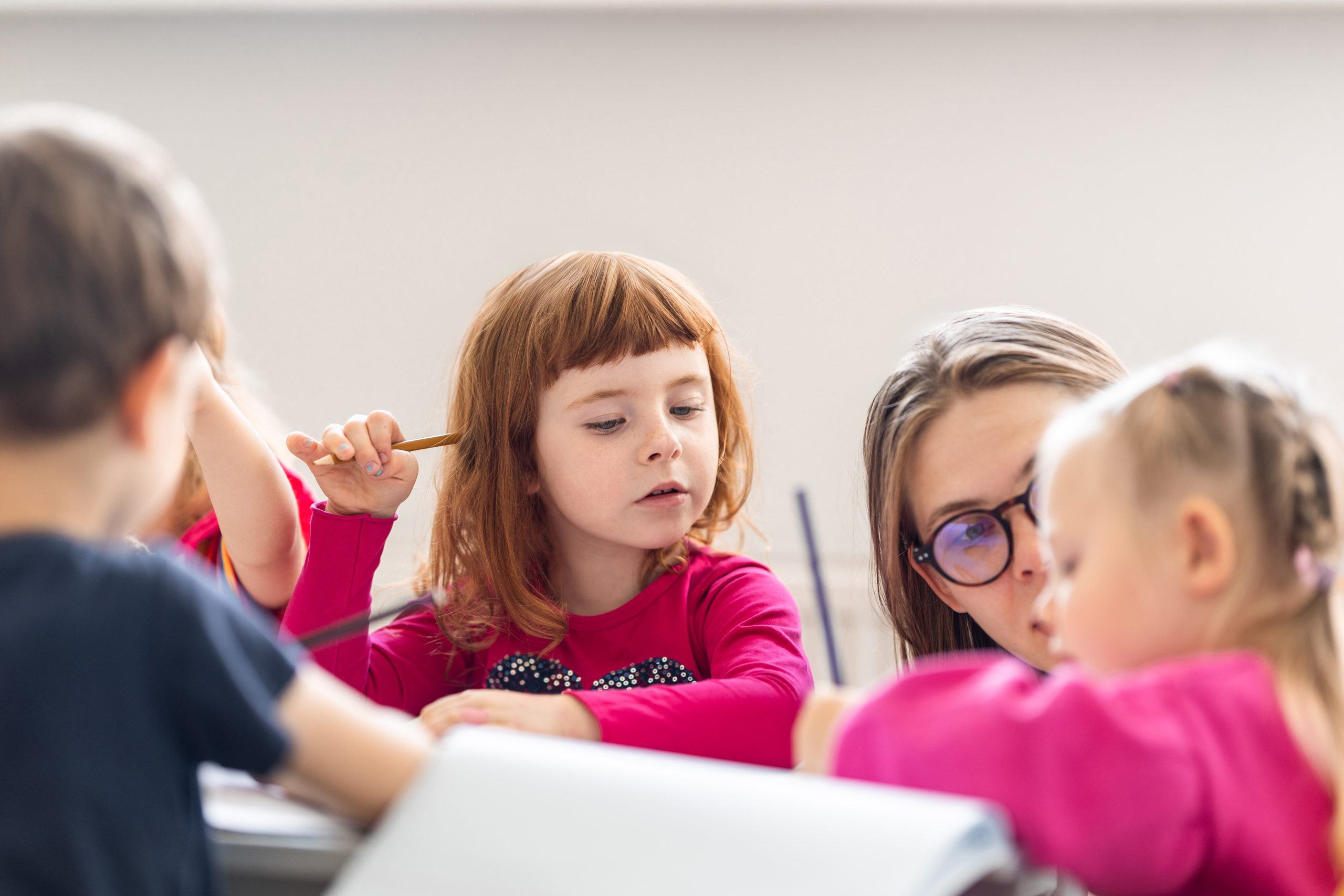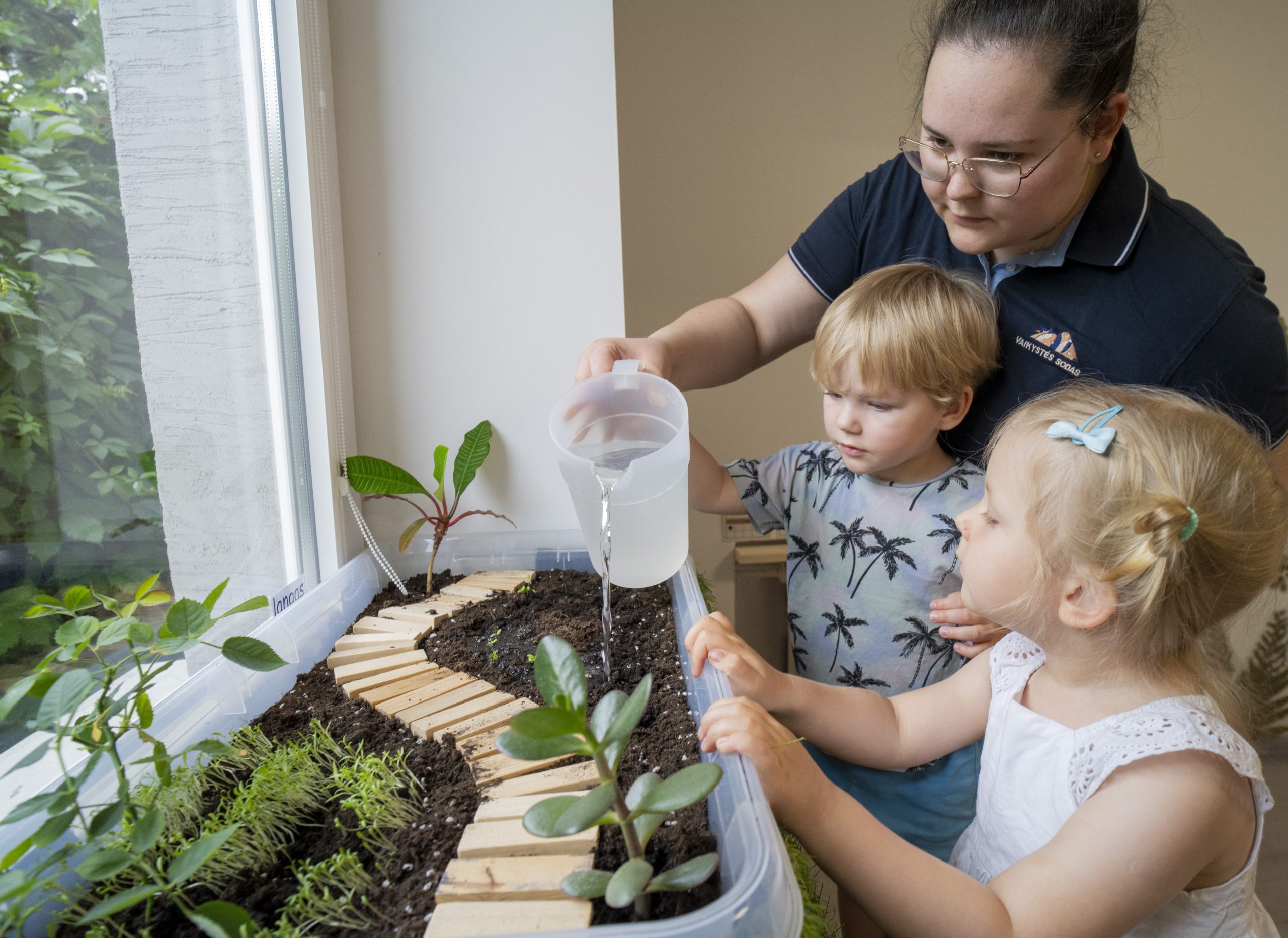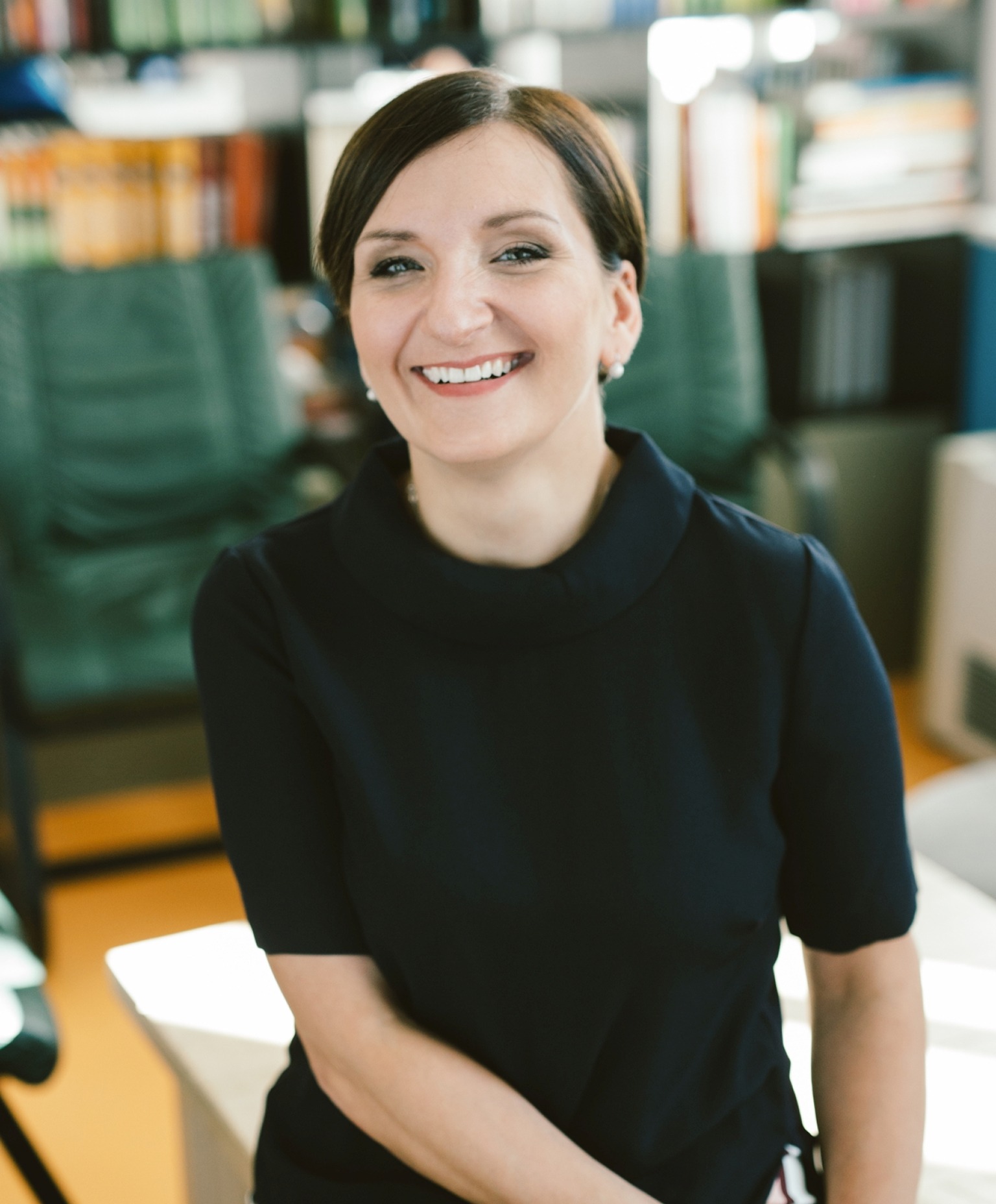
Austėja Landsbergienė, Ph.D., is the founder of Vaikystės Sodas preschools and Queen Morta School (Karalienės Mortos mokykla) as well as the creator of the Contextual Education System—an approach to teaching and learning designed for the 21st century. Over the course of her career, Austėja has dedicated herself to transforming education, believing that teaching and learning should be personalized, and responsive to each child’s unique needs. With over 20 years of experience in the field, she has developed a system of principles and a framework that guide how children learn and how educators teach.
Her approach draws on cutting-edge research, practical insights, and real-world observations, ultimately emphasizing that every student has the potential to learn and it is the educator’s responsibility to break down learning in a way that makes it accessible to all. Austėja’s vision for education goes beyond traditional reforms—she advocates for a transformation of the educational system to meet the demands of a rapidly changing world.
In addition to her work in shaping educational systems, Austėja has long been a passionate advocate for the importance of reading. She believes that literacy is not only a foundational skill but also a gateway to lifelong learning, fostering cognitive growth and curiosity. Austėja is highlighting the vital role of reading, encouraging both parents and educators to prioritize it as a central component of early childhood education.
